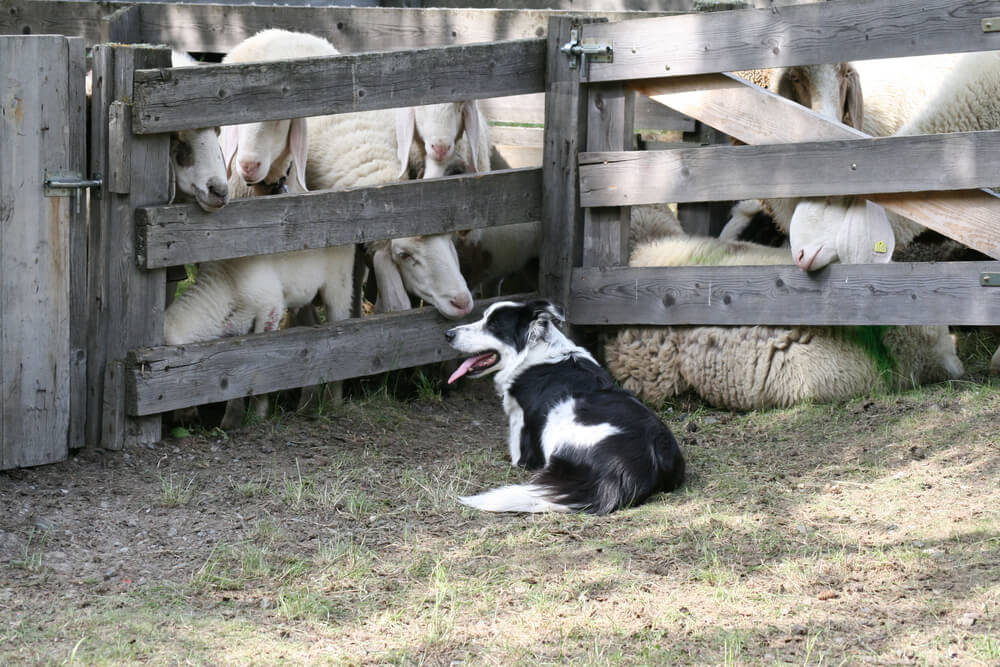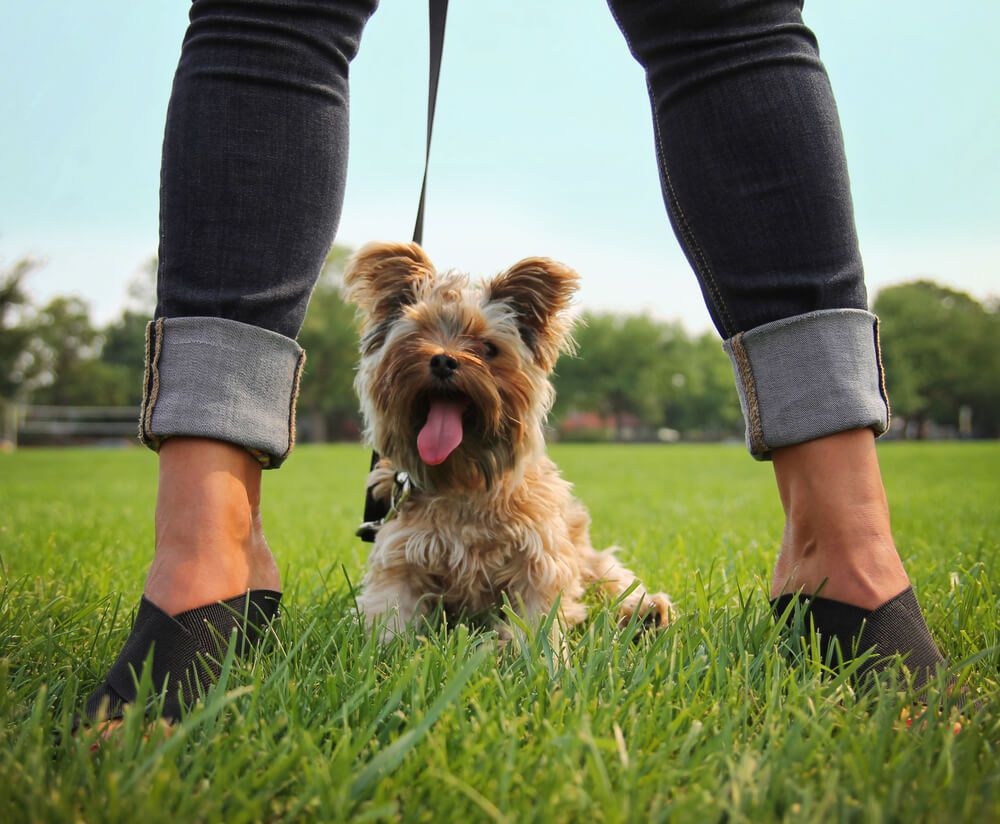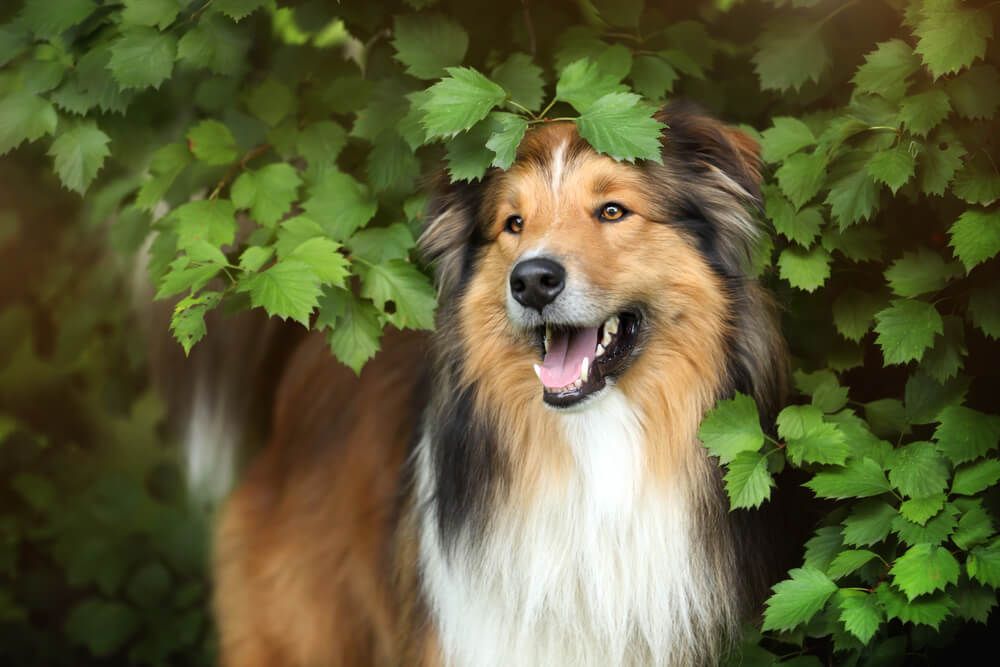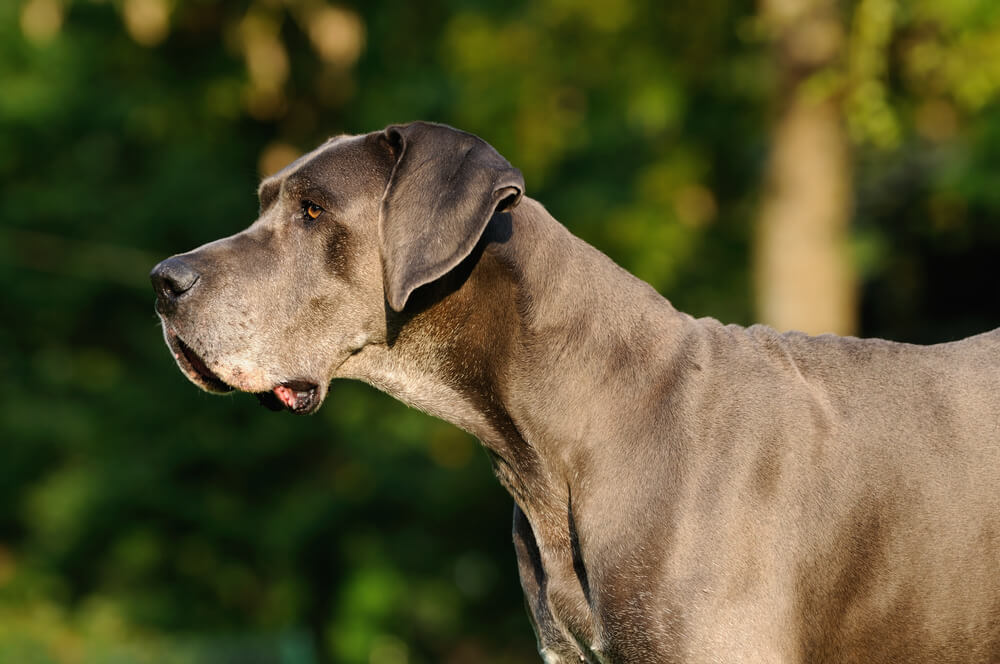Hey Ollie blog readers! We’re offering you an exclusive 60% OFF your starter box! Try now!
From herding livestock like sheep and cows to attempting to herd children or even their toys, herding breeds are amazing and intelligent animals. These pups thrive when they have a job (and they won’t rest until they do it well). If you’ve ever wanted to add a herding breed to your family or your farm, or you just want to know more about these beautiful working breeds, this guide is for you!
About herding breeds
Prior to the mid-1980s, you may not have heard much about herding dogs. This is because, until 1983, the American Kennel Club grouped the herding breeds in with the Working Group. They were later separated out as these hard workers share an instinctual ability to control the movement of other animals and thus deserved their own grouping.
The dogs were bred to do the important job of gathering up, moving, and protecting livestock. The club’s website goes on to explain that “The herding instinct in these breeds is so strong that herding breeds have been known to gently herd their owners, especially the children of the family. In general, these intelligent dogs make excellent companions and respond beautifully to training exercises.”
This means that if you’re considering bringing one of these pups into your home, you will need to ensure that they have a job to do or you’re risking their mental health as they will easily become bored or frustrated and find a way to channel that energy (that may not be desirable to you).
Luckily, these dogs can thrive as pets when they’re given opportunities to participate in dog sports or physical activities that give them an outlet for their herding instinct. So if you have an active family and don’t mind doing some training a herding dog can be the ideal pet for you. Many of these breeds have wonderful personalities and enjoy spending time with their people (after their work is done).
If you don’t live on a farm, the AKC offers herding tests and trials where dogs can utilize their skills in a slightly more controlled environment. These trials are held in fenced-in areas using ducks, sheep, or other livestock. The dogs are then scored based on their ability to control and direct the herd. Before taking your dog to a test or trial, you may wish to visit yourself and see how it works (when you’re not trying to wrangle an over-excited dog). You also might need to find some lessons to help your pup refine their technique. The AKC club nearest you can help with resources.
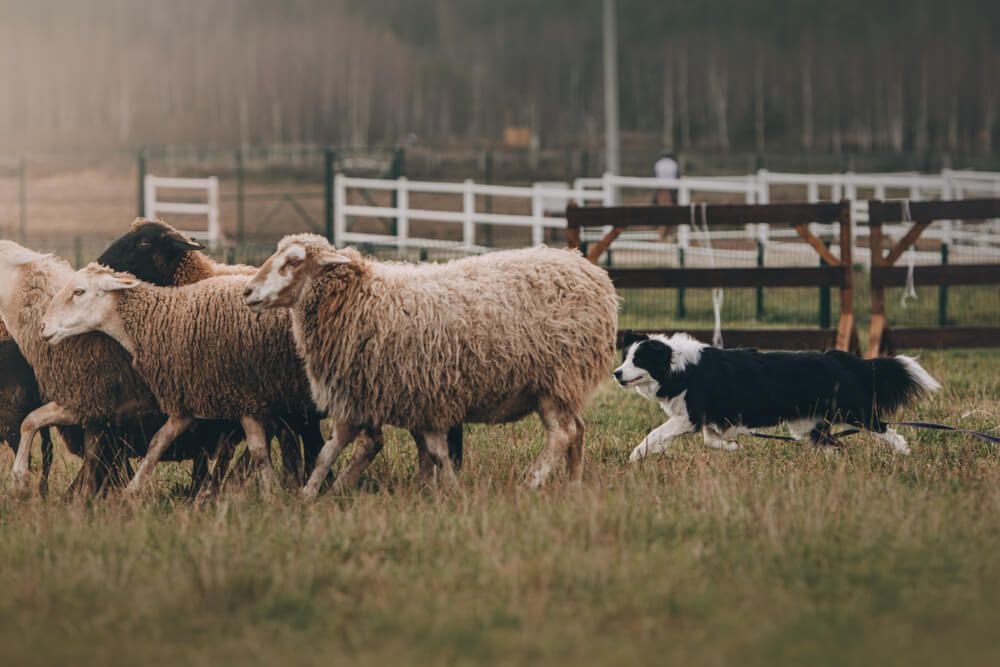
Popular herding breeds
So, what breeds are a part of the herding group? This amazing group of smart and hard-working pups includes:
- Australian Cattle Dog
- Australian Shepherd
- Bearded Collie
- Belgian Malinois
- Belgian Sheepdog
- Border Collie
- Bouvier des Flandres
- Collie
- German Shepherd
- Icelandic Sheepdog
- Old English Sheepdog
- Pembrooke Welsh Corgi
- Shetland Sheepdog
What can you do if your pup’s herding instinct becomes a problem behavior?
While herding can be an important job for a dog on a farm, the behavior is instinctual and in the absence of livestock, you might find that your dog is trying to herd their toys, your kids, or even you.
According to the American Kennel Club, “Dogs aren’t confused about whether or not kids are sheep. And it’s doubtful your pant legs look like cow hooves. Dogs are simply doing what comes naturally when movement catches their eye. Of course, you can’t solve the problem by never moving around your dog. But, stay aware of reactions to the problem. For example, if your kids run away from the dog when the dog nips their feet, that will only trigger the behavior to continue.”
They remind owners that their dogs aren’t doing these behaviors to misbehave or seek attention – they are doing what they were bred to do and the behavior may require some management on the owner’s part to prevent it from becoming a problem. They suggest using cues like “Watch me” or “Leave It” to redirect the dog’s attention to something else.
If your dog is trying to herd kids or toys it might be worth a consultation with a trainer who is experienced in working with herding breeds. These experts can help you to channel your dog’s behavior more productively.
The Ollie blog is devoted to helping pet parents lead healthier lives with their pups. If you want to learn more about our fresh, human-grade food, check out Ollie.com.
Tagged As:

The nutrition your dog needs,
the food they want.

Enjoying our articles? Subscribe our Newsletters and get new articles directly to your inbox
You might also like
25 March 2025
4 MINS READ
Yorkie Pros & Cons: Is a Yorkie the Right Dog for You?
At around 7 inches tall and weighing just 7 pounds, the Yorkshire terrier (Yorkie for short) can fit a lot of personality into their tiny bodies. If you’re looking for a new best friend and have …
25 March 2025
5 MINS READ
Collie Temperament: 6 Personality Traits Explained to Get to Know Collies Better
Described by the American Kennel Club as devoted, graceful and proud, the collie is ranked 38th on their list of most popular breeds. While many people think of Lassie when they think of the coll…
25 March 2025
7 MINS READ
Great Dane Temperament & Personality: Get to Know Your Dog
Usually, the first word that comes to mind when you think of a Great Dane is larger than life! These big, beautiful dogs have a way of capturing attention wherever they go. Have you ever wondered w…
